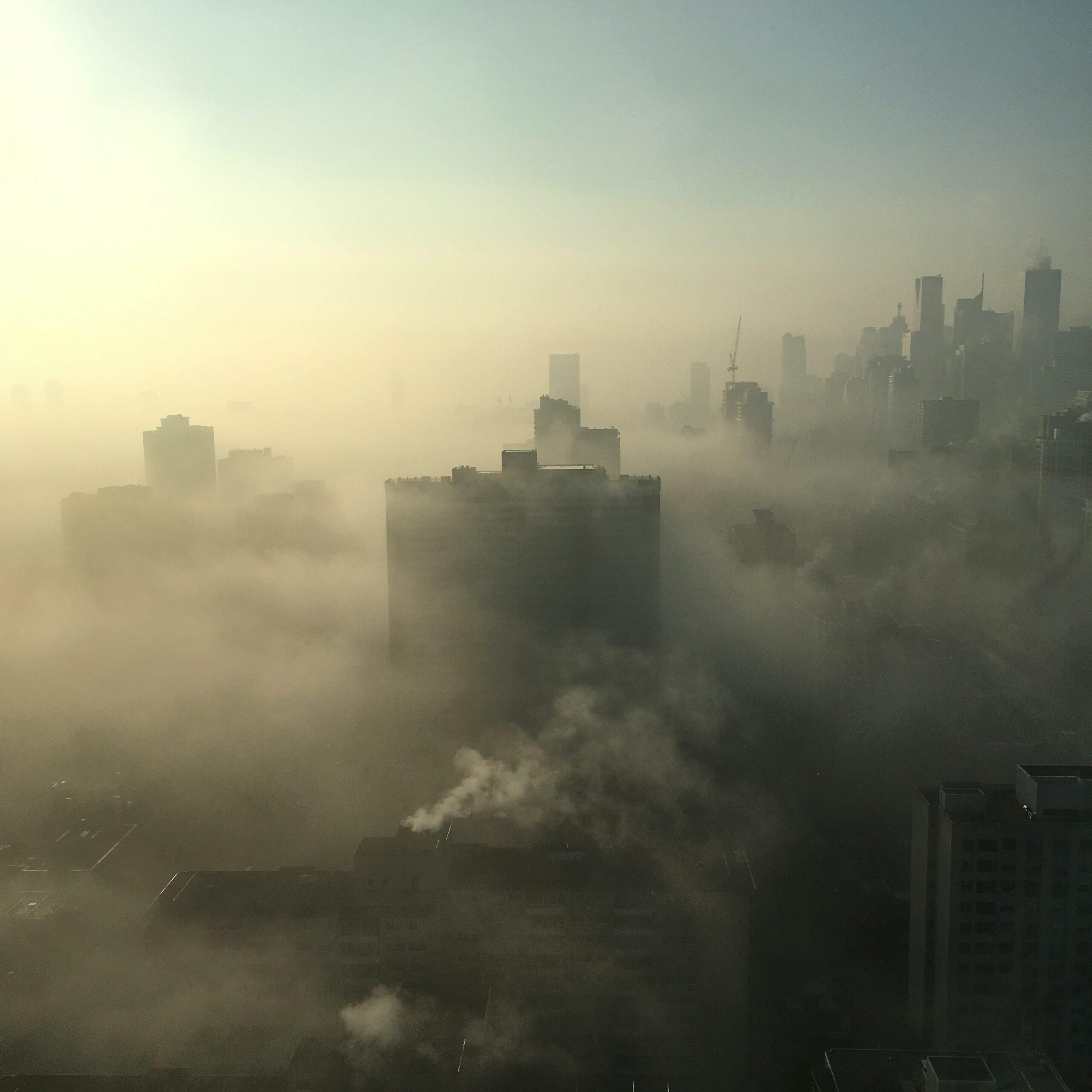If your child has asthma, you likely recognize the symptoms of an attack all too well. Your child may have difficulty breathing or begin to breathe very fast. He may start coughing, make a wheezing or whistling sound when exhaling, or complain of tightness in his chest.
I’ve witnessed these symptoms in two of my own children as well as my patients. I know it’s a scary experience, and one you never get used to. In fact, the more often asthma attacks happen, the more frightened you may feel, as you worry about your child’s health and wonder whether he will ever be free of asthma.
We can take some comfort in knowing that many other parents have the same concerns. Asthma, a chronic inflammatory lung condition, is the leading cause of chronic illness among children. In 2003, approximately 6.2 million children under age 18 in the United States were diagnosed with asthma, and four million of them suffered an asthma attack or episode. Currently, in New York City, nearly 161,000 children have asthma.
For some children, asthma results in emergency-room visits and hospitalizations. In fact, it’s the third leading cause of hospitalization among children under age 15. Even when it doesn’t send kids to the hospital, it can disrupt their lives: asthma accounted for 12.8 million lost school days in 2003, making it the leading cause of school absenteeism attributable to chronic conditions.
What sets off an attack?
Understanding how and why your child’s asthma attacks happen, and knowing how you can manage his condition with treatment, can help you feel less scared and more in control.
Asthma triggers range from respiratory infections to allergens such as pollen, molds, animal dander, feathers and dust mites, and airborne irritants such as cigarette smoke and air pollutants. Other triggers may include certain foods, exposure to cold air or a sudden change in temperature, exercise, many household and industrial products, scents, excitement or stress.
Each person reacts differently to these factors. In an asthmatic person, the linings become inflamed, the muscles of the airways tighten and mucus production increases. As a result, the air passages in the lungs become narrower and breathing, especially breathing out, becomes more difficult.
Knowing your child’s asthma triggers, and minimizing his exposure to them is an important step toward controlling his condition.
Learning about treatment is essential, too. The good news is that most children have mild to moderate asthma, which can be controlled by treatment at home or at the doctor’s office.
Taking control with medicine.
Most people with asthma take two kinds of medicines. The first kind, a controller medicine, stops the airways from reacting to asthma triggers and helps control inflammation— the “quiet part” of asthma that cannot be heard, seen or felt— so the patient can breathe better. Controller medicines like Pulmicort Respules® (budesonide inhalation suspension) reduce and help prevent some asthma symptoms or triggers from occurring, but they work only if they are taken every day, as prescribed by a physician. This ongoing treatment is important because although children may seem symptom-free for long periods of time, they can experience acute (sudden onset) or intermittent asthma attacks. Pulmicort Respules is a preventive-type medicine indicated for children 12 months to 8 years of age, and is not indicated for acute asthma attacks.
Another kind of asthma medicine is a quick-relief, or rescue, medicine. This type of medicine is also known as a bronchodilator and it dilates, or opens, the airways, making it easier for the patient to breathe. Bronchodilators are used for quick relief of symptoms of an asthma attack.
For your child’s health and safety, it’s essential to use each type of asthma medicine only the way it’s meant to be used— don’t use bronchodilators every day for asthma control, and don’t use controller medicines for quick relief of asthma attacks.
We are fortunate to have effective medications that can minimize the impact asthma has on our children’s lives, but they work only if we use them correctly and consistently. We also need to be vigilant about limiting exposure to asthma triggers and keeping follow-up appointments with the pediatrician or allergist. Remember: Even when we can’t see or hear evidence of our children’s asthma, it’s still there and needs to be kept under control.
Facts About Children and Asthma
Asthma is a lot more than just a little wheezing. It’s a condition that seriously affects the health and the lives of millions of kids, as these statistics point out:
- Asthma is the leading cause of chronic illness among children.
- In 2003, approximately 6.2 million children under age 18 were diagnosed with asthma.
- Four million of these children suffered an asthma attack or episode.
- Up to 80 percent of children with asthma demonstrated symptoms before age 5.
- Asthma is the third leading cause of hospitalization among children under age 15.
- In 2002, there were 727,000 emergency-room visits and 196,000 hospitalizations among asthma patients up to age 17, with the highest rates among children age 4 and younger.
- In 2002, 4.4 percent of the 4,261 asthma-related deaths in the United States occurred in children age 0 to 17 years.
- Asthma is the leading cause of school absenteeism attributable to chronic conditions.
- Asthma accounted for 12.8 million lost school days in 2003.




